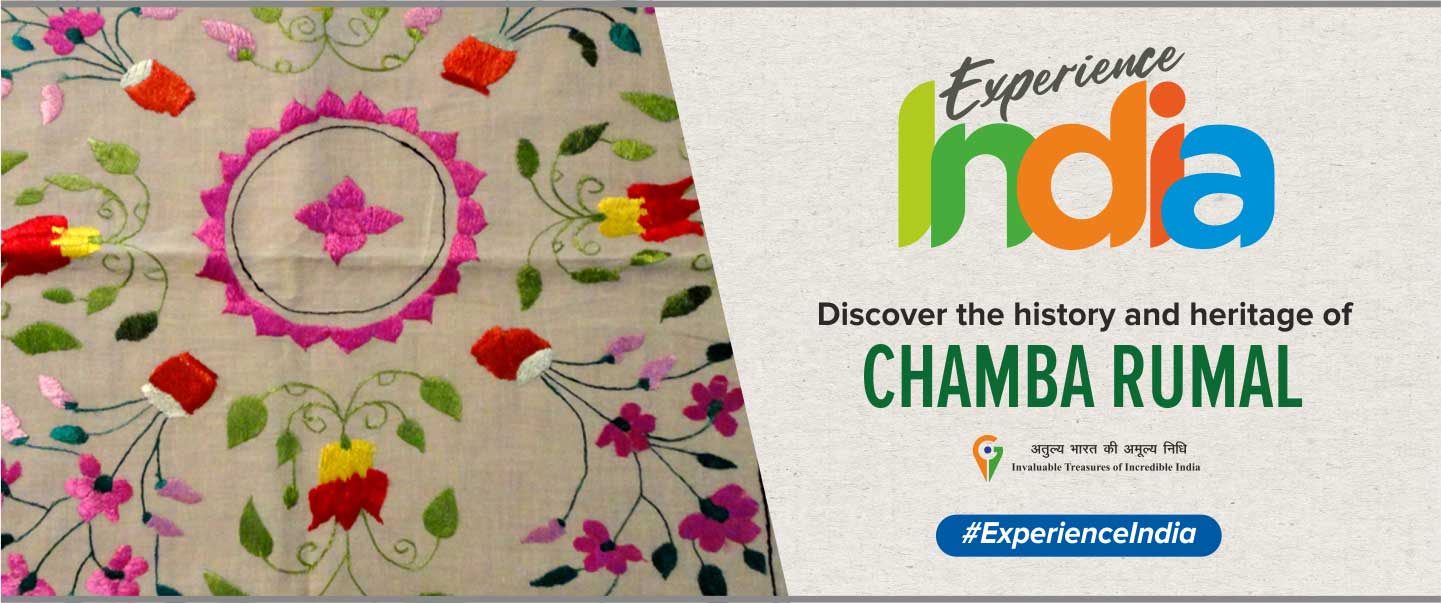Chamba Rumaal
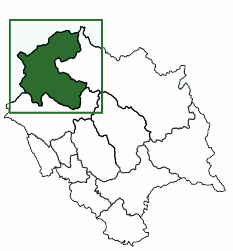
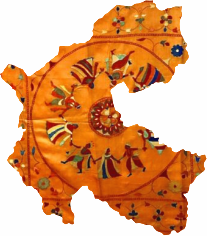
HISTORY
The Chamba Rumal gets its name from Chamba, a hill station in Himachal Pradesh. In the 17th century, the Chamba Rumal embroidery was done by the queens and royal ladies of Chamba for wedding dowries, important gifts, and ceremonial coverings. The tradition gradually made its way out of palace walls and began to be practiced by local craft clusters. The Rumals came to be an integral part of weddings, exchanged by the bride and groom’s families as a sign of goodwill.
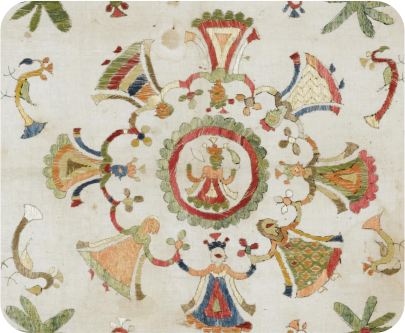
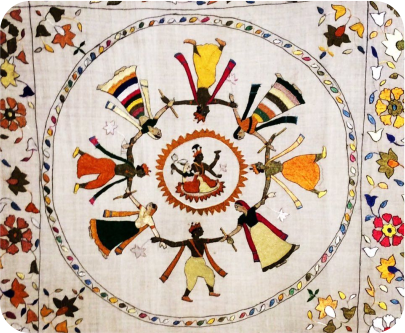
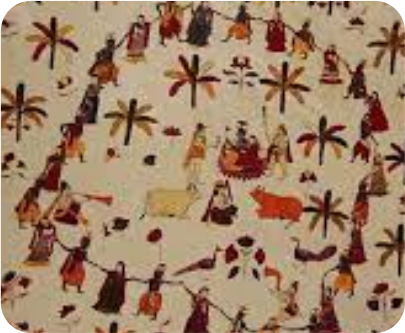
PROCESS
Chamba Rumals are typically made in square or rectangular fabric of varying sizes. The base art, characterized by intricate lines, is traditionally drawn by miniature art experts. Once the art is complete, the embroidery—usually undertaken by women—is meticulously executed on the fabric. The impeccable needlework on the Chamba Rumals combines miniature art with embroidery.
Motifs
The motifs on these handkerchiefs have traditionally been drawn from indigenous tales, including the Ramayana and Mahabharata. The figures of Krishna and his accompanying Gopis are leitmotifs in this embroidery tradition, and the subject also draws from the Bhagavata Puranas, nature, and the lives of the local community members.
Tourist Attractions
Chamba's landscapes are marked by lakes, streams, meadows, alpine tree covers, valleys, and rich wildlife. There are historical attractions and architectural ones. The main town is located on the banks of the River Ravi and is surrounded by mountains with dense forests. There are numerous opportunities for sightseeing. It is the culture of Chamba though, that leaves you fascinated. The rich artistic heritage of the city is reflected in its miniature paintings and temple architecture.
